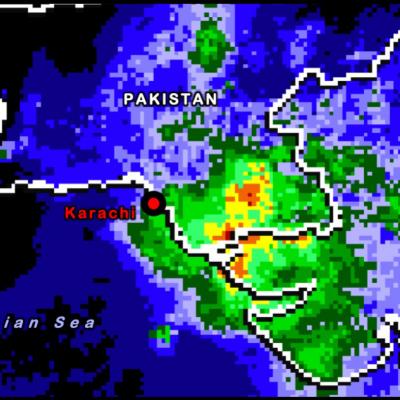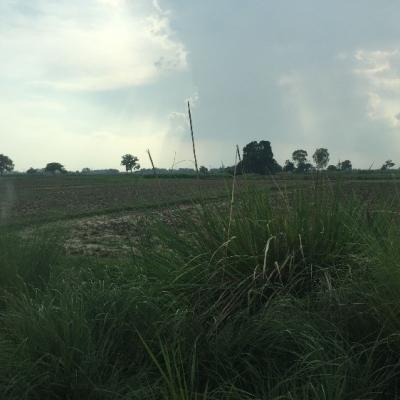IMERG Measures Flooding Rainfall In Pakistan
Over the past few days heavy rainfall caused flooding that killed more than 50 people in northwestern Pakistan. Heavy pre-monsoon rainfall moved through the area resulting in extensive damage in the Swat Valley northwest of Islamabad the capital of Pakistan. Data from NASA's Integrated Multi-satellitE Retrievals for GPM (IMERG) were used to estimate the rainfall that occurred from April 1-4, 2016. Up to 308 mm (12.1 inches) estimated by IMERG to have fallen during this period.




